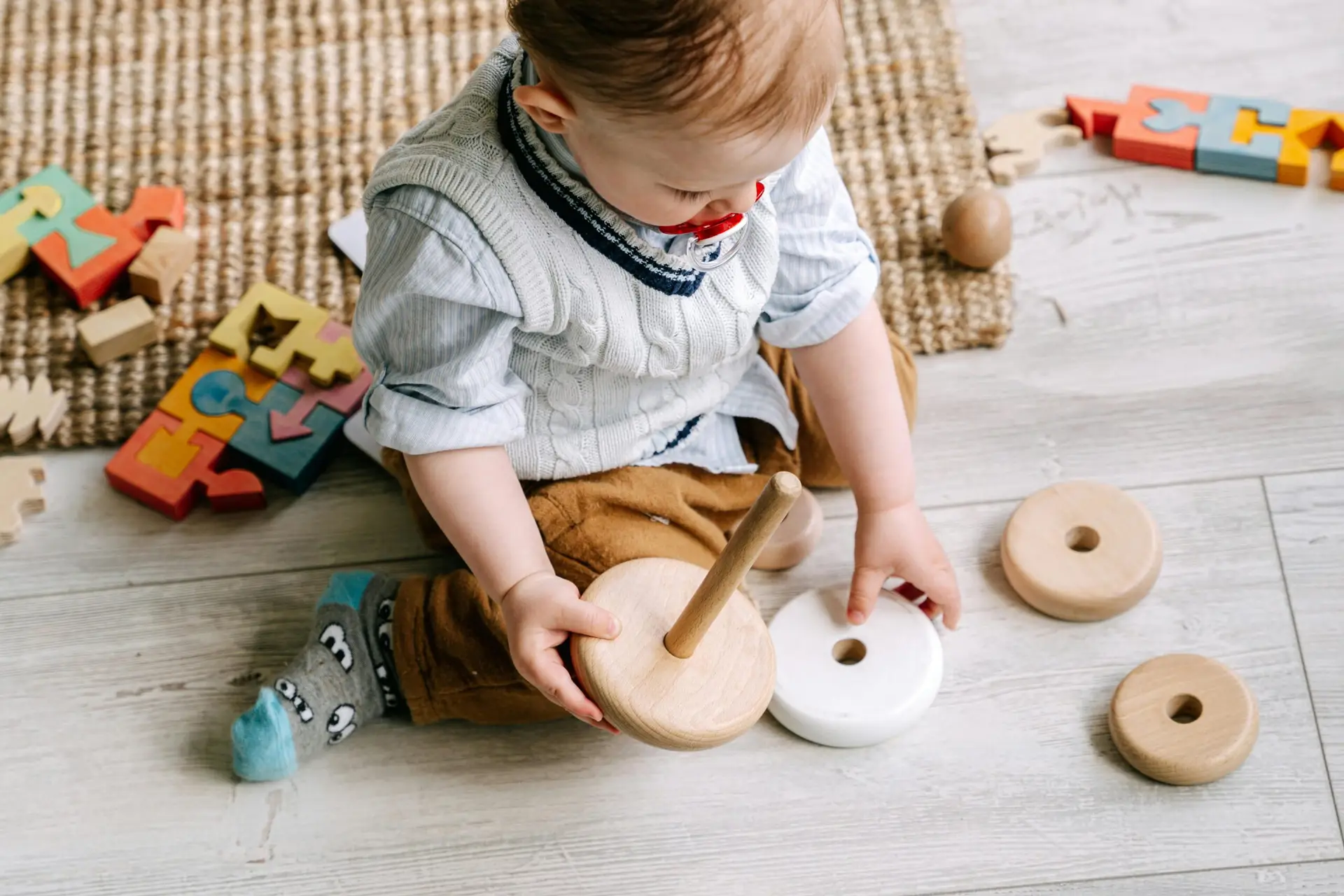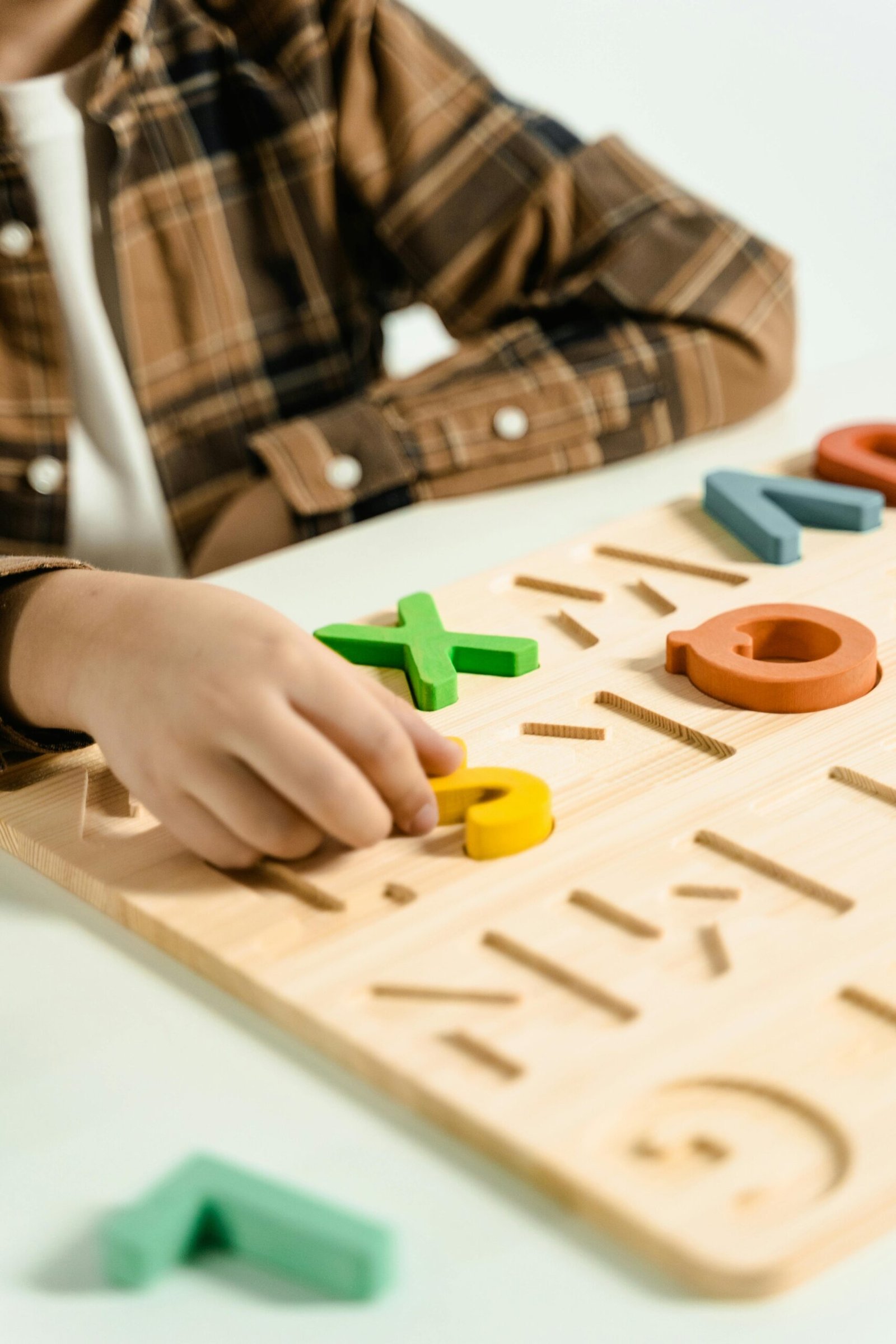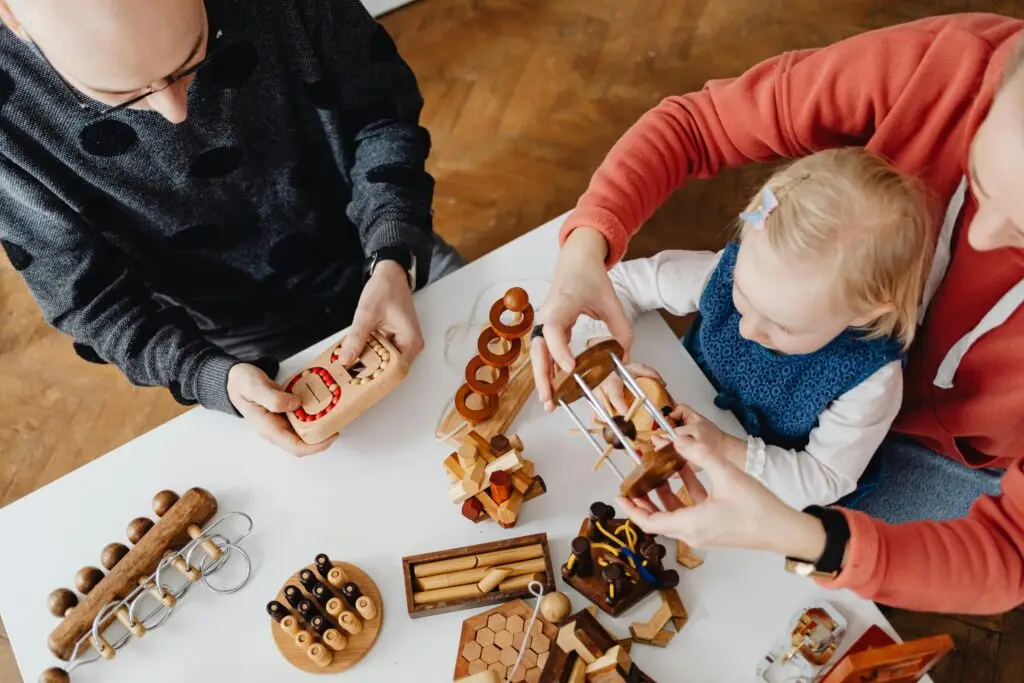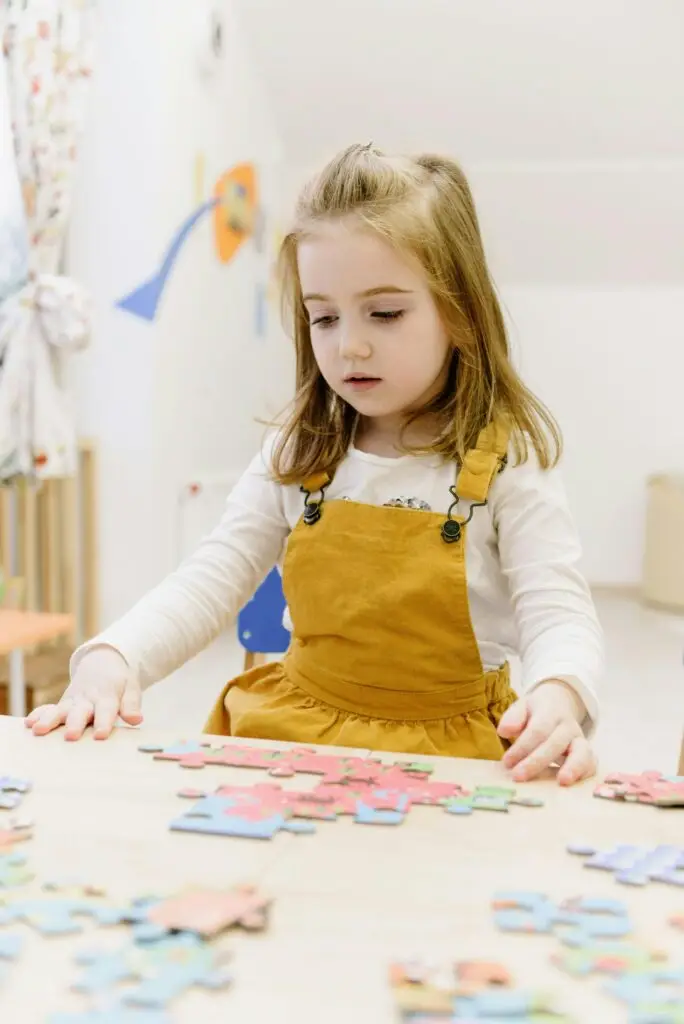Introducing your little one to the joy of learning through play is one of the most rewarding experiences as a parent or caregiver. Providing early educational activities builds not only cognitive and motor skills, but also curiosity, creativity, and confidence. Better yet, DIY activities at home turn ordinary days into extraordinary moments filled with discovery.
Get ready to explore fun, easy-to-make activities for toddlers, offering hours of entertainment and learning. By the end of this post, you’ll have a collection of ideas, from sensory play to outdoor adventures, perfect for toddlers of all ages. Plus, we’ll share why these moments can make a lifelong developmental impact.
Unleashing Creativity With DIY Sensory Activities
Sensory activities are all about stimulating your child’s senses—touch, sight, sound, and even smell. These engaging hands-on experiences are perfect for toddlers learning how to perceive and explore the world.
Create a Sensory Bin
Materials Needed:
- Plastic bin
- Rice, sand, or beans (as the base)
- Small toys, spoons, cups, or scoops
Instructions:
- Fill a plastic bin halfway with your chosen base (rice, sand, or beans).
- Mix in small toys or household items appropriate for your child’s age.
- Add spoons, cups, or scoops for your toddler to experiment with.
- Encourage them to bury or uncover objects, pour, or simply explore the textures.
Pro Tip: If you’re feeling creative, use colored rice or themed items (e.g., a jungle theme with small plastic animals).
Safety Note Always supervise your child with small objects to avoid choking hazards.
Design a Sensory Bottle
Materials Needed:
- Empty water bottle
- Water
- Glitter, beads, or small toys
- Non-toxic glue (for sealing the lid)
Instructions:
- Fill a water bottle two-thirds full with water.
- Add your sensory elements, like glitter, beads, or small toys.
- Seal the bottle with the glue.
- Watch your child enjoy turning, shaking, and exploring their new sensory bottle!
Call-to-Action: Got a sensory bin or bottle idea we should try? Share it with us on social media using #ToddlerDIYFun!

Creative Learning Through Play
Educational games enhance problem-solving, memory, and critical thinking skills. Here are some versatile games you can try right at home.
Color Matching Cups
Materials Needed:
- Plastic cups (or bowls)
- Colored pom-poms
- Tongs
Instructions:
- Sort the cups by color (red, yellow, blue, etc.).
- Lay out matching-colored pom-poms nearby.
- Show your toddler how to use tongs to match pom-poms to the correct cup.
It’s a simple yet effective game for introducing concepts like colors and fine motor skills.
DIY Shape Puzzles
Materials Needed:
- Cardboard
- Marker
- Scissors
Instructions:
- Draw and cut out basic shapes (circle, triangle, square) from cardboard.
- Use the cutouts as stencils on another cardboard piece and trace them.
- Allow your toddler to match the cut shapes into the drawn outlines!
Engagement: How did your little one enjoy their DIY puzzle? Snap a photo and share it with others using #LearningThroughPlay.
Inspiring Creativity with Art and Craft Projects
Art activities are an outlet to nurture budding creativity and improve hand-eye coordination.
Mess-Free Painting
Materials Needed:
- Ziplock bags
- Paint
- Heavy-duty paper
Instructions:
- Place a sheet of paper inside a sealed Ziplock bag with a few dollops of paint.
- Lay the bag flat and tape it down to the table.
- Encourage your child to finger-draw shapes, patterns, or simply mix the colors through the bag.
Paper Plate Animals
Materials Needed:
- Paper plates
- Paint or markers
- Pipe cleaners or craft sticks
Instructions:
- Guide your toddler to paint a paper plate like an animal face.
- Add pipe cleaners for whiskers or craft sticks for legs. Decorate to your toddler’s heart’s desire!
Pro Tip: Rotate crafts seasonally (paint pumpkins during fall, snowmen for winter, etc.) for variety.

Taking Learning Outdoors
Fresh air and open spaces make outdoor activities even more exciting for toddlers!
Nature Scavenger Hunt
Materials Needed:
- Scavenger hunt list (printed or handwritten) with simple items (e.g., a flower, a brown leaf, a twig)
Instructions:
- Hand your toddler the scavenger list.
- Help them identify and collect items as they explore your backyard, a park, or nearby hiking trail.
Sidewalk Chalk Writing
Introduce your toddler to numbers, letters, or shapes using sidewalk chalk. Kids love turning concrete into a colorful canvas, which also helps reinforce early writing skills!
Challenge: How creative did you get with the chalk? Share your masterpiece using #ToddlerPlayOutdoors!
Why DIY Educational Activities Matter
You might wonder, “Why DIY when I can shop pre-made kits?” Here’s why these activities are so beneficial for your toddler’s development—and for you.
- Encourages Hands-On Learning: Toddlers learn through doing, touching, and experimenting.
- Strengthens the Parent-Child Bond: Sharing creative moments fosters closeness and communication.
- Budget-Friendly Fun: Most activities use simple household items, making them cost-effective.
- Tailored to Your Child’s Interests: Customize the activities to match your toddler’s current interests, whether it’s dinosaurs, cars, or rainbows.
- Promotes Independence and Confidence: Completing tasks on their own, or with minimal guidance, helps children feel accomplished.
Take the First Step Today
Turning everyday moments into enriching learning experiences doesn’t need to be overwhelming. Start small! Pick one activity and see how it sparks joy in your little one.
Have questions or more ideas to share? We’d love to hear from you! Use #ToddlerDIYFun on social media to join our vibrant community of parents and caregivers.
Together, we’re creating brighter, smarter futures for today’s toddlers!



